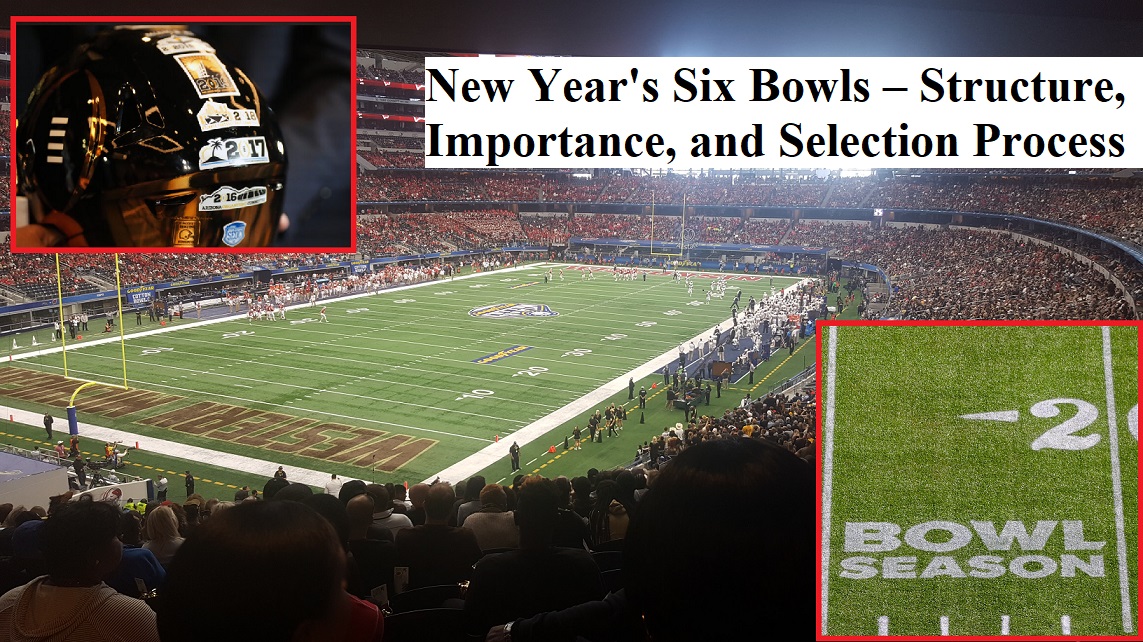The NY6 includes
- Rose Bowl
- Sugar Bowl
- Orange Bowl
- Cotton Bowl
- Peach Bowl
- Fiesta Bowl
Structure and Importance
The NY6 games serve multiple purposes- They host the College Football Playoff (CFP) semifinal games on a rotating basis. Each year, two of the NY6 bowls are designated as semifinal sites, while the others feature teams that are not competing for the national championship.
- Starting with the 2024 season, the NY6 will also host quarterfinal games as part of an expanded 12-team playoff format. This marks a significant change from the previous four-team playoff system.
Significance of Participation
Participation in a New Year's Six bowl is highly coveted among college football programs. Schools with notable appearances include Ohio State (most appearances), Alabama (most wins), and Clemson among others. The SEC conference has historically dominated both appearances and victories within these prestigious games.How are Teams Selected for the New Year's Six Bowls
Teams are selected for the New Year's Six (NY6) bowls through a structured process overseen by the College Football Playoff (CFP) Selection Committee. Here’s how the selection works:Selection Process
-
Ranking by the CFP Committee
The CFP Selection Committee ranks the top 25 teams at the end of the regular season based on various criteria, including win-loss records, strength of schedule, and head-to-head results. The committee consists of 13 members who evaluate a wide range of statistics and performances throughout the season.
-
Automatic Bids
The winners of the Power Five conferences (ACC, Big Ten, Big 12, Pac-12, SEC) receive automatic bids to one of the NY6 bowls. Additionally, the highest-ranked champion from the Group of Five conferences (American Athletic Conference, Conference USA, Mid-American Conference, Mountain West Conference, Sun Belt Conference) is also guaranteed a spot.
-
Selection for Semifinals
The top four teams in the final rankings are assigned to the two semifinal games, which are part of the NY6. These semifinals rotate among the six bowl games.
-
Remaining Bowl Selections
After the semifinal teams are determined, the remaining four NY6 bowl spots are filled based on rankings and conference tie-ins. This includes selecting teams that did not qualify for the playoffs but are highly ranked and meet eligibility criteria.
-
Geographical and Historical Considerations
The selection process also considers geographical proximity and historical relationships between conferences and specific bowls. For instance, certain bowls have contractual agreements with specific conferences that influence their selections.

